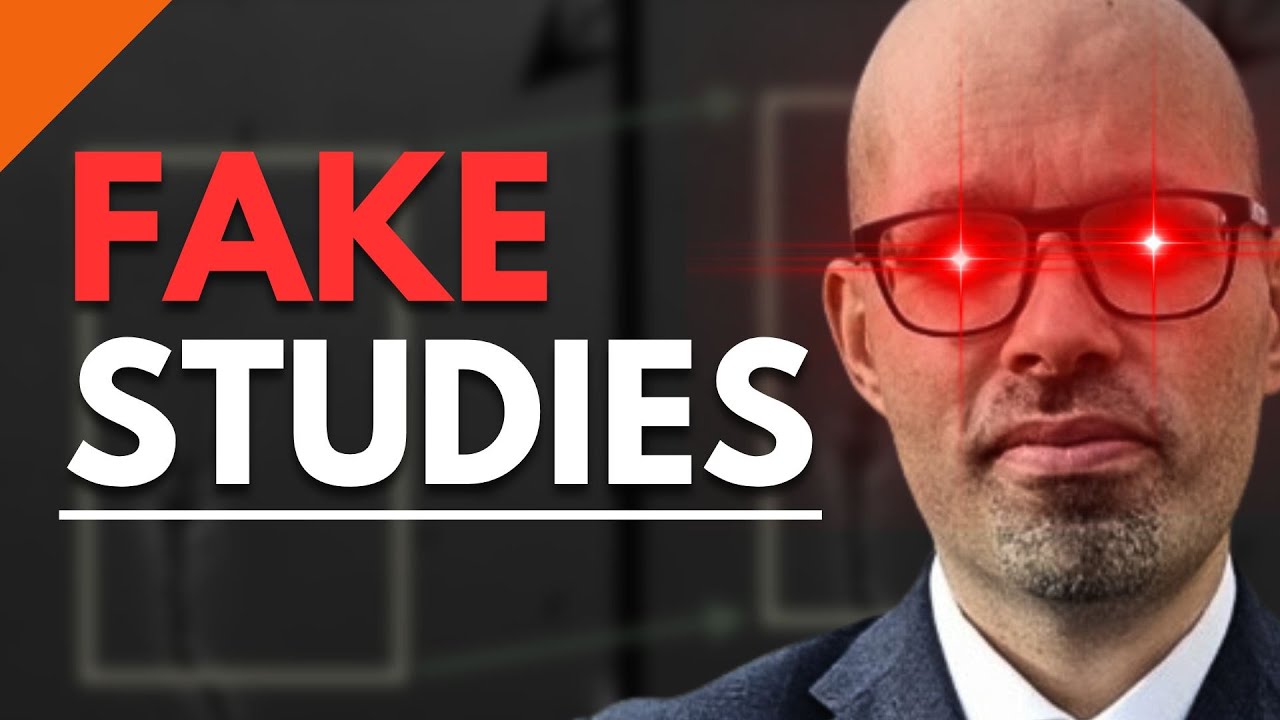The video explains the presence of paper mills in academia through two case studies, one involving a Russian organization selling authorship on scientific papers and another targeting Chinese medical students with fake papers. These paper mills contribute to scientific misconduct and academic fraud, highlighting the need for journals to take decisive actions to combat this pervasive issue and restore credibility in the scientific community.
The video discusses the issue of paper mills in academia, focusing on two case studies to illustrate the problem. The first case study involves International Publisher LLC, a Russian-based organization that sells authorship on scientific papers for a price. Authors submit legitimate papers to journals, and then the papers are listed on the paper mill website for sale. The prices for authorship slots vary based on factors such as the journal’s impact factor. This method has led to the publication of fake papers in reputable journals, undermining the integrity of the scientific record.
The second case study explores the Tadpole Paper Mill, which targets Chinese medical students who need published papers to graduate. This paper mill produces fake papers with common characteristics, such as identical Western blots and unusual cytometry plots. The papers follow a formulaic structure for titles, resulting in over 600 published papers from the same mill. The uniformity in formatting and content of these fake papers makes them easily identifiable.
The video highlights how paper mills contribute to scientific misconduct and academic fraud on a significant scale, beyond well-known cases of individual researchers. The pressure to publish frequently in prestigious journals has fueled the growth of paper mills, adding a substantial amount of false information to the scientific record. The emergence of advanced technologies like AI poses challenges in detecting such fraudulent activities, making it crucial for journals to address this issue effectively.
The prevalence of paper mills raises concerns about the trustworthiness of academia and the scientific community. The video emphasizes the need for journals to take decisive actions to combat this problem and restore credibility. Despite efforts to expose and address specific instances of paper mill activity, there remain many undetected cases that further erode trust in the academic system. The video concludes by urging journals to step up their efforts in tackling academic fraud to safeguard the integrity of scientific research.
Overall, the video sheds light on the insidious nature of paper mills, which generate a significant amount of fake academic papers and perpetuate scientific misconduct. By showcasing the operations of different paper mills and their impact on the scientific record, the video underscores the urgent need for collective action to address this pervasive issue. Through increased awareness, vigilance, and accountability, the academic community can work towards preserving the credibility and reliability of scientific research.
